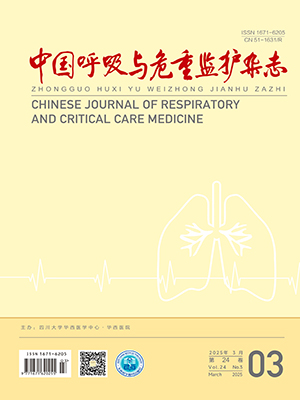Objective To investigate the effects and mechanisms of lactic acid bacteria on MAPK signaling in immune response of dust mite sensitized mice. Methods Forty C57BL/6 mice in Group M, P and L, were sensitized and challenged with mite extract while then the animals in Group N were treated with saline as control. The mice in Group L and P were fed with Lactococcus lactis or Lactobacillus respectively.Three days after the last challenge, all mice were sacrificed for lung pathological examination. IL-10 level in culture supernatant of splenocytes stimulated with mite extract was detected by ELISA. The expression of IL-4/ IFN-γon CD3 +CD4 + cells was detected by flow cytometry. Western blot were performed for detection of MAPK signaling ( P38, ERK, and JNK) from mice’s spleen cells stimulated with mite extract. Results The mice fed with Lactococcus lactis ( Group L) had lower rate of eosinophilic airway inflammation and higher level of IL-10 in the culture supernatant of splenocytes than Group P. Meanwhile, the number of CD4 + T cell with IL-4 expression was decreased revealed by the analysis of flow cytometry. P38 signaling in
spleen cells was activated in the mice of Group M, similarly in the mice of Group P, but not of Group L.Conclusion Oral treatment of Lactococcus lactis can induce an immune tolerance in response to mite by up-regulating the level of Tr cells secreting IL-10, thus inhibiting activation of P38 signaling.
Citation: LI Li,CAI Lin,YU Baodan,XU Jun. Effects of Lactic Acid Bacteria on Dust Mite Induced Allergic Inflammation in Mice Involving the Regulation of MAPK Signaling. Chinese Journal of Respiratory and Critical Care Medicine, 2011, 10(2): 130-134. doi: Copy
Copyright © the editorial department of Chinese Journal of Respiratory and Critical Care Medicine of West China Medical Publisher. All rights reserved




